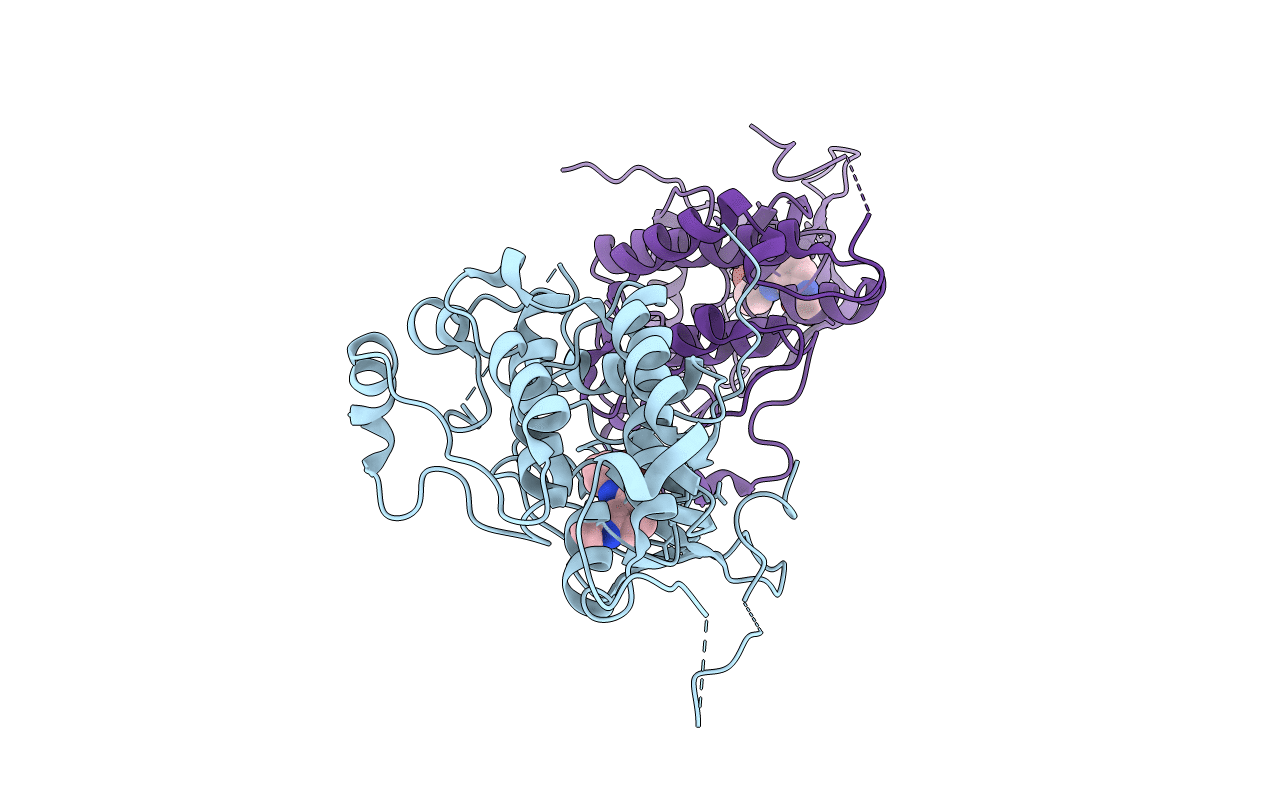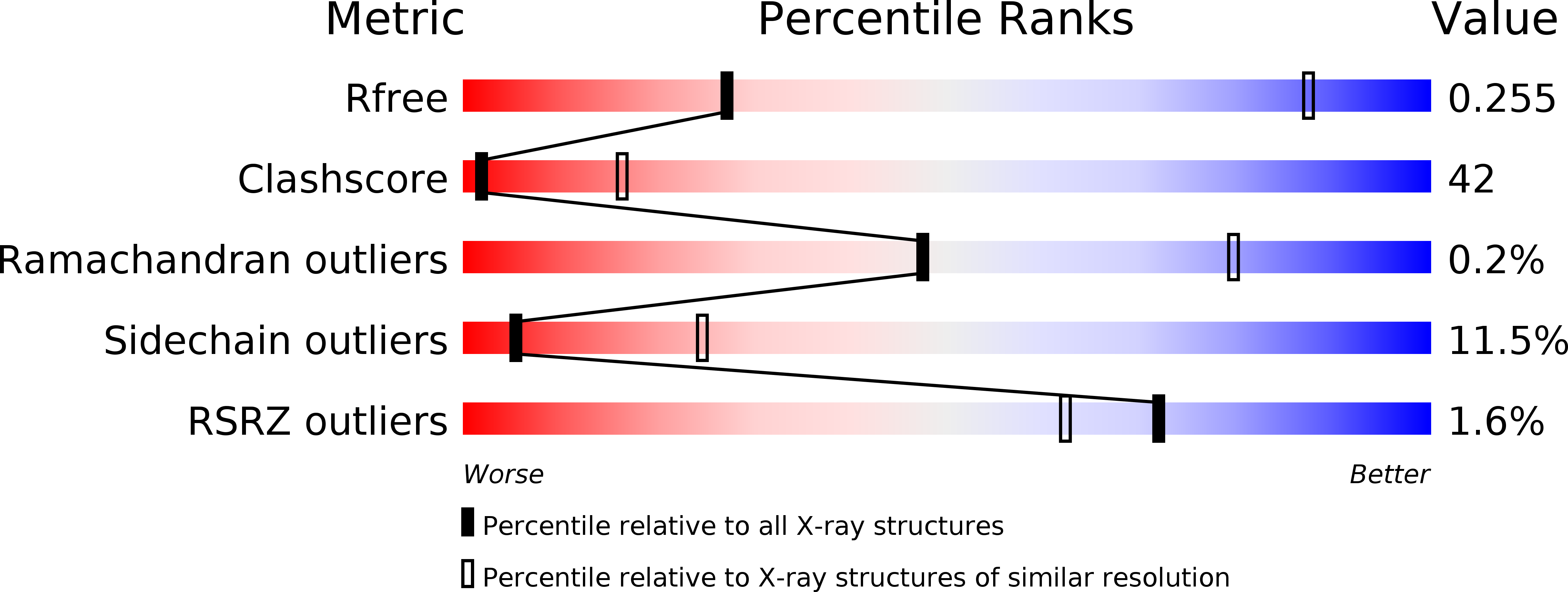
Deposition Date
2013-07-09
Release Date
2013-09-11
Last Version Date
2024-11-27
Entry Detail
PDB ID:
4LL0
Keywords:
Title:
EGFR L858R/T790M in complex with PD168393
Biological Source:
Source Organism:
Homo sapiens (Taxon ID: 9606)
Host Organism:
Method Details:
Experimental Method:
Resolution:
4.00 Å
R-Value Free:
0.25
R-Value Work:
0.23
R-Value Observed:
0.23
Space Group:
P 21 21 21


